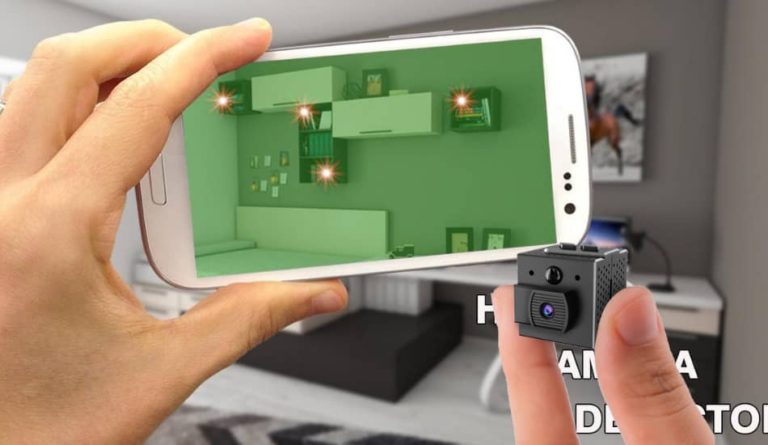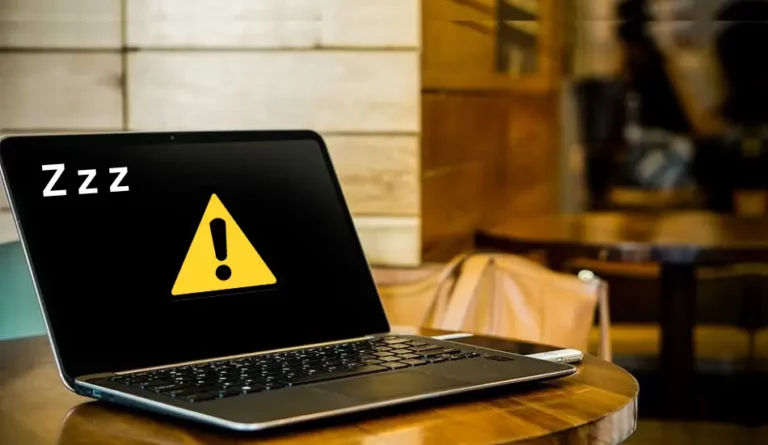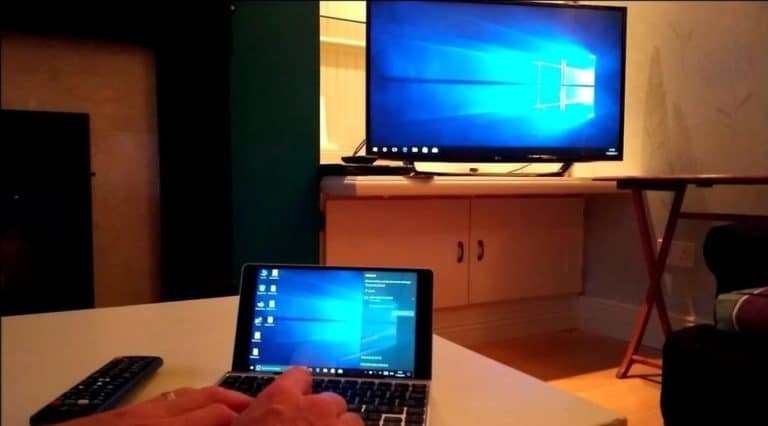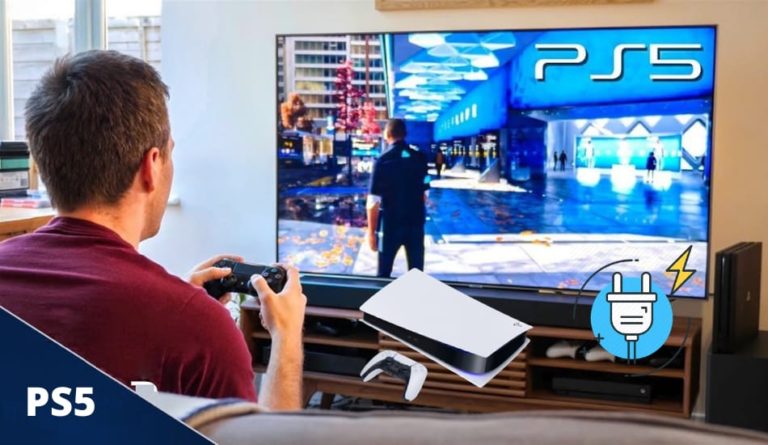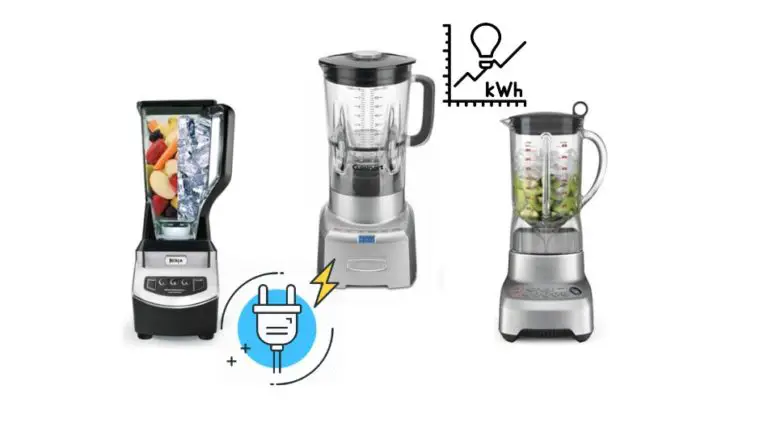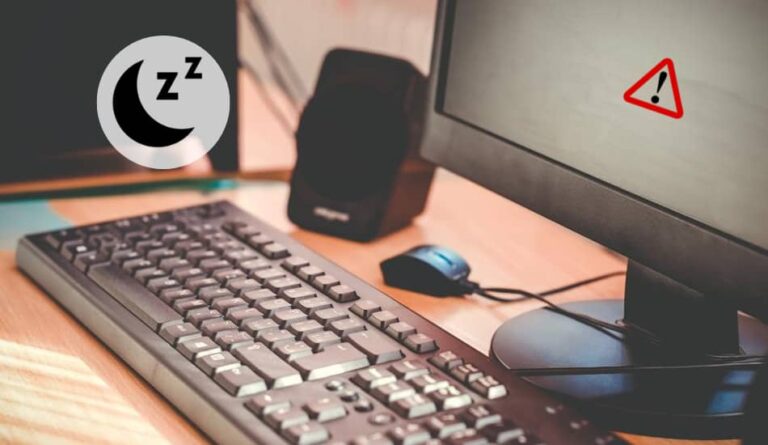How Much Power (Watts) Does A Water Dispenser Use?
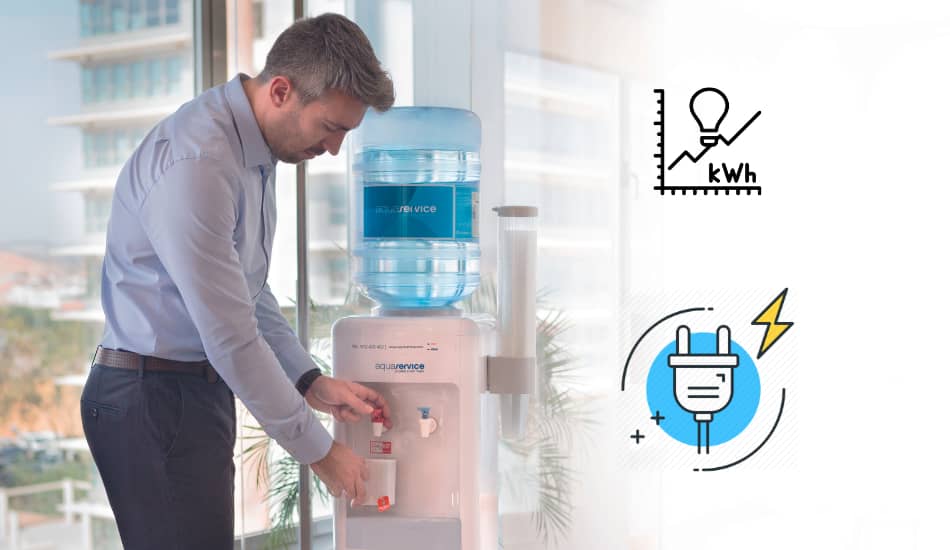
Having cold and hot water on demand every time you need is the best way to stay hydrated. Devices such as a water dispenser (also known as a water cooler) are a great way to have clean and fresh water at your fingertips. These types of devices use electricity to provide you with cold or hot water at any time. But how much energy (electricity) does a water dispenser actually use? In this article, we’ll talk about that and explain how you can also save energy with some tips and tricks.
Table of Contents
How Much Power (Watts) Does A Water Dispenser Use?
So How Much Power (Watts) Does A Water Dispenser Use? Typically, the water dispenser consumes between 0.3 to 1.2 kWh of energy per day to get cold water, while it uses around 2.8 kWh of energy per day to get cold and hot water. The average power consumption of a water dispenser is around 912 kWh per year which will cost you around $118.00 a year.
When buying water dispensers it is desirable to pay attention to see if they have an energy efficiency label. Devices that comes with that label uses less than 0.16 kWh of energy per day for cold water and less than 1.2 kWh of energy per day for cold and hot water. Best way to know the actual power consumption of your water dispenser is to check the energy label that is usually located at the bottom or at the back of your device. You will find the electrical ratings that are stamped in terms of Watts (W) or Volts (V) and Amps (A).
| Water Dispenser | Cold Water [Watts] | Hot Water [Watts] | Monthly Price: |
|---|---|---|---|
| 0.26 Gal (1L) of water | 13.6 Watts | 57 Watts | $1.15 |
| 1 Gal (3.7L) of water | 50.3 Watts | 211 Watts | $4.05 |
| Standby Power (24h) | 160 Watts | 726 Watts | $8.45 |
Other parameters that are entirely affecting the energy consumption of a water dispenser are how frequently the device is used. Also, if you want to save even more energy, then you need to have a time switch. By this, you can control the power supply to the hot and cold water at any time.
If you are interested in the topic How Much Power (Watts) Does a Water Purifier Use, then feel free to read this article as well.
Average Power Consumption Of Water Dispenser
The water dispenser (water cooler) is able to produce a maximum of 1.55 gallons (5.9 liters) of cold water per hour and 1.84 gallons (7.9 liters) of hot water per hour at the standard room conditions of 69.8ºF (21ºC air temperature).
For a water dispenser to produce 1.55 gallons (5.9 liters) of cold water the device will consume around 80 Wh of electricity. That is approximately equal to 13.6 Wh of electricity per 0.26 gallons (1 liter) for cold water. On the other side, for a water dispenser to produce 1.84 gallons (7.9 liters) of hot water, the device will need to consume around 450 Wh of electricity. This is approximately equal to 57 Wh of electricity per 0.26 gallons (1 liter) for hot water.
Power that Water Dispenser Needs To Produce Hot & Cold Water:
- Cold Water: 0.26 Gallons (1 Liter) = 13.6 Watts
- Hot Water: 0.26 Gallons (1 Liter) = 57 Watts
Calculating The Power Consumption Of Water Dispenser
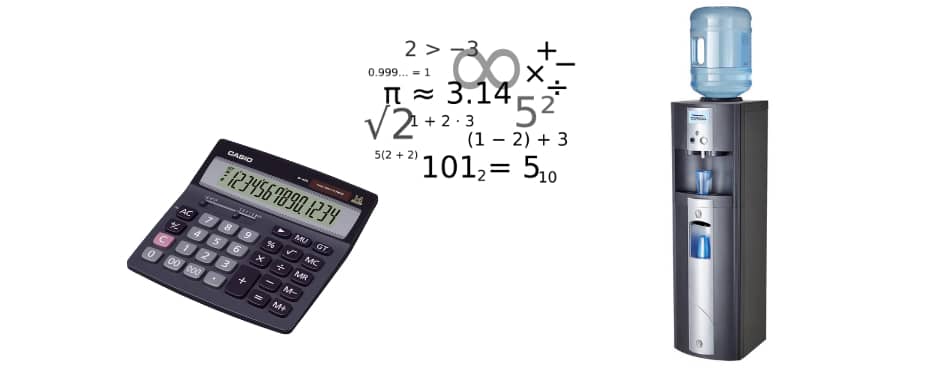
If we want to calculate the total power that is required to produce the ‘x’ gallons of cold water per day, we can write it in the form of 13.6(x) + 160 Wh. For example, if the water dispenser needs to produce 8 liters of cold water per day, then the water dispenser will consume 13.6x(8) + 160 Wh = 268.8 Wh of electricity.
Here you can also use this Water Dispenser Calculator to get the power consumption of your device.
There are two main parametars that affect the power consumption of a water dispenser (water cooler):
- The temperature of the ambient
- The usage of the water dispenser
It is possible to measure the power consumption of a water dispenser with a few different methods such as:
- Average Power Consumption
- Standby Energy Consumption
Standby Energy Consumption Of Water Dispenser
The water dispenser is usually located in a room that has an average temperature of 69.8 ºF (21ºC), where the device stores the cold water at a temperature of 50 ºF (10ºC), and the hot water at the temperature of 176 ºF (80ºC).
The Results are following:
- Standby Power Consumption (Cold Water): 160 Wh of electricity per day
- Standby Power Consumption (Hot & Cold Water): 726 Wh of electricity per day
How to Actually Measure Power Consumption?
The best and most accurate way to measure how much electricity does a water dispenser consumes is to use a Kill A Watt Meter. This is a plug-in device that can measure any electrical appliance in the home. Just plug this device into an outlet and connect your water dispenser to it. All electricity that goes true the outlet will be measured and displayed on Kill A Watt Meter. You can find this device on Amazon, at a very affordable price.
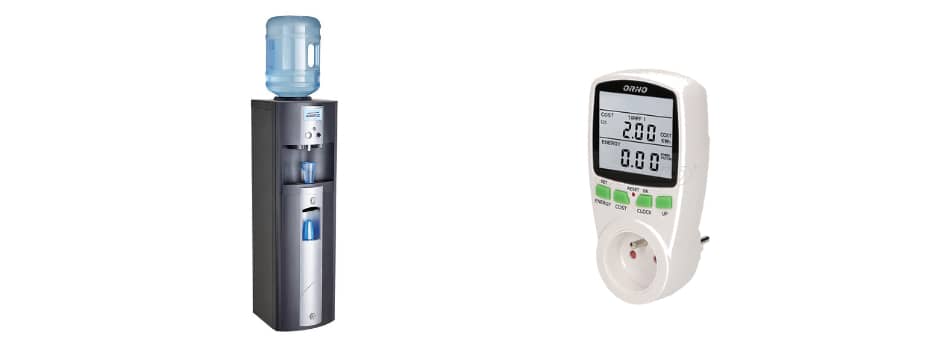
The heating and cooling system that is located inside the water dispenser needs the power for the cooling towers and for the heating coils. Keep in mind that a water dispenser that is used in an office with multiple people will consume much more power than one that is located in a home with a single-family.
If you don’t have a Kill A Watt Meter, try to look for Energy Star Rating on your device. Water dispensers that come with the Energy Star Ratings use much less power (up to 50% less) than water dispensers without this label. Most water dispensers (water coolers) that consume less than 0.16 kWh per day are awarded this Energy Star Rating label.
Water Dispenser Power Consumption Example
Usually, most office water dispensers are using energy to keep water hot and cool continuously. However, most companies work 8 hours a day, so there is no need for the water dispenser to work 24 hours a day.
Therefore, it is good to have a timer so that the water dispenser works only during office hours. You can set the timer to turn on one hour before anyone arrives at work and turn it off when everyone leaves. You can find this awesome device here on Amazon at a very affordable price.
I did some tests using our power meter to see what is the actual energy consumption of our water dispenser with the help of a timer and without the timer. The test was conducted in a period of 24 hours. Here are the results. (Keep in mind that larger offices can expect much larger savings than below)
1. By Using Timer (Cold Water) = 0.2 kWh/day
The water dispenser used 0.2 kWh in the period of 24h, which equals around 81 kWh ($9.49) per year. The water dispenser was working for only 2h and 15 min during the period of 24 hours.
2. Without Timer (Cold Water) = 0.3 kWh/day
The water dispenser used 0.3 kWh in the period of 24h, which equals around 109 kWh ($14.23) per year. The water dispenser was working for 3h and 5 min during the period of 24 hours.
3. By Using Timer (Cold & Hot Water) = 1.9 kWh/day
The water dispenser used 1.9 kWh in the period of 24h, which equals around 693.5 kWh ($90.15) per year. The water dispenser was working for 6h and 28 min during the period of 24 hours.
4. Without Timer (Cold & Hot Water) = 2.8 kWh/day
The water dispenser used 2.8 kWh in the period of 24h, which equals around 1022 kWh ($132.86) per year. The water dispenser was working for 10h and 43 min during the period of 24 hours.
Test Conclusion
As the calculation that was shown above, you can see that using a timer switch you can save more than 30% of energy no matter how often you use the water dispenser. If you have a water dispenser with cold and hot water, consider turning off the hot water option. By this, you will save even more energy and money annually.
How Much Electricity Does A Water Dispenser Use?
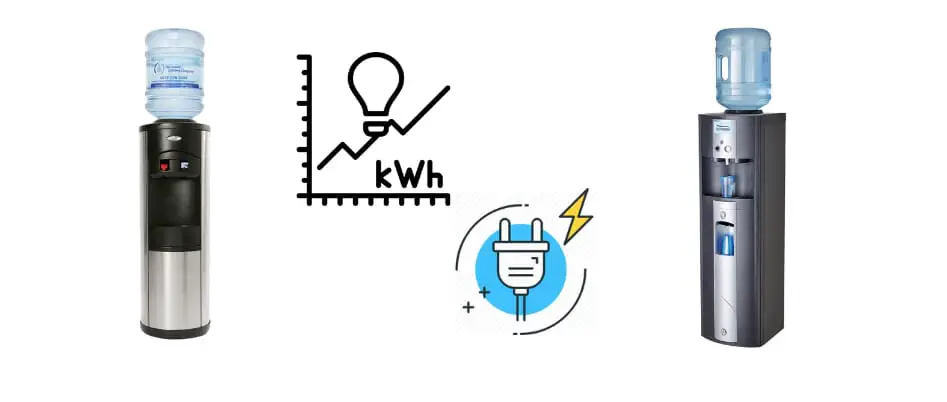
Depending on the model, the water dispenser uses between 0.3 to 1.2 kWh per day to produce cold water, which is approximately $45.00 a year. To get cold and hot water, the water dispenser uses around 2.8 kWh per day, which can be estimated at around $118.00 a year.
By using a water dispenser (water cooler) that has an Energy Star efficient label you can save your electricity. Therefore, for your water dispenser to be energy efficient, it must consume less than 0.16 kWh per day for cold water or less than 1.2 kWh per day for both cold and hot water (in standby mode).
The actual electricity that is needed for a water dispenser also depends on what it is used for (heating, cooling, or both) and how often. The main consumer of electricity is a device for heating water. The power that is needed to heat the water is usually from 400 to 700 W, in models with reheating can go up to 1000 W.
Less electricity is consumed for cooling. A thermoelectric cooler has a power consumption of 60 to 80 W. Compressor-cooled water dispensers have a higher capacity and therefore consume more electricity, up to 100 to 120 watts. It should be noted that the heating and cooling elements of the water dispenser do not work constantly, so you will not notice a special increase in the electricity bill.
The water dispenser spends a lot of energy on the initial heating and cooling of water, but has brought it to the required temperature, it turns off and is in standby mode. This is achieved through heating and cooling sensors. People who think that using an electric kettle is more profitable are mistaken. In order to save even more energy, you can turn off the cooler at night.
What Determines The Energy Consumption
In stores, you can get acquainted with different models that differ not only in appearance but also in functionality. Most of the presented specimens consume electricity when heating, cooling a liquid. With standard parameters, the power of the water dispenser when heated is 500 W, and when cooled, it fluctuates in the range from 80 to 120 W.
Factors that determines the energy consumption:
- Model
- Installed equipment power
- The capacity of the installed tank for cooling or heating water
- Cooling system
- Ambient temperature
Reduce The Energy Consumption Of A Water Dispenser
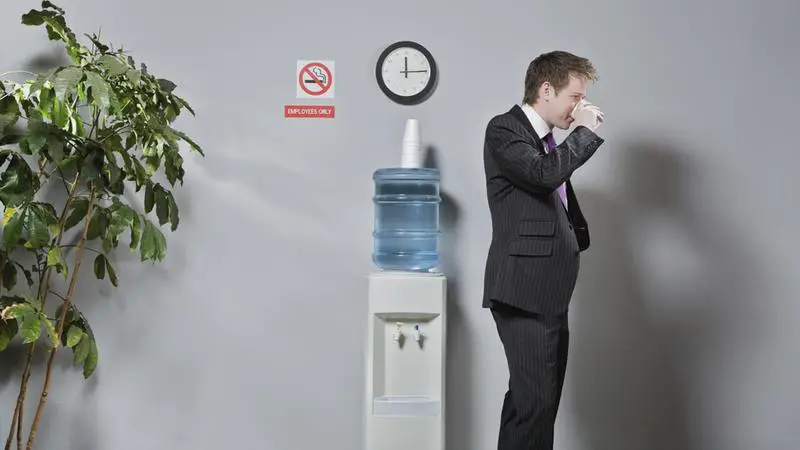
Most devices work around the clock. But this is not always really necessary. If the water dispenser is installed in the office or at home, then let it work at night is unnecessary. If hot water is not needed, then the heating can be turned off.
There are several simple ways to significantly reduce the electricity consumption of your water dispenser:
- Turn off the water dispenser in the cold season when you do not need it
- Turn off heating and cooling outside working hours and on weekends
- Purchase the water dispenser that can be programmed to run on and off
- Use a socket-timer
Using the Timer to Reduce Dispenser Power Consumption
You can significantly reduce the consumption of any dispenser by using a separate external device such as an electronic or mechanical timer. This timer can be purchased in large household electrical stores and on Amazon. The weekly timer is especially convenient, which will allow you to program the switching on and off of your water dispenser, taking into account a different schedule of working days and weekends, for example:
- on weekdays in the morning – from 6:00 to 8:30, the device will turn on in advance and heat water
- on weekdays in the afternoon – from 14:00 to 23:30
- on weekends – from 7:30 to 0:30.
Final Thoughts
Now that you are familiar with what the real power consumption of a water dispenser, you will be able to decide much easier whether you need one in your house or not. Be sure to buy the one that has an energy rating star. These types of models can save up to 50% more energy. For a water dispenser to qualify for the energy star label it must use less than 0.16 kWh per day. This means that hot and cold units must consume less than 1.2 kWh per day. I hope that this article helped you and that you will make the right choice.


